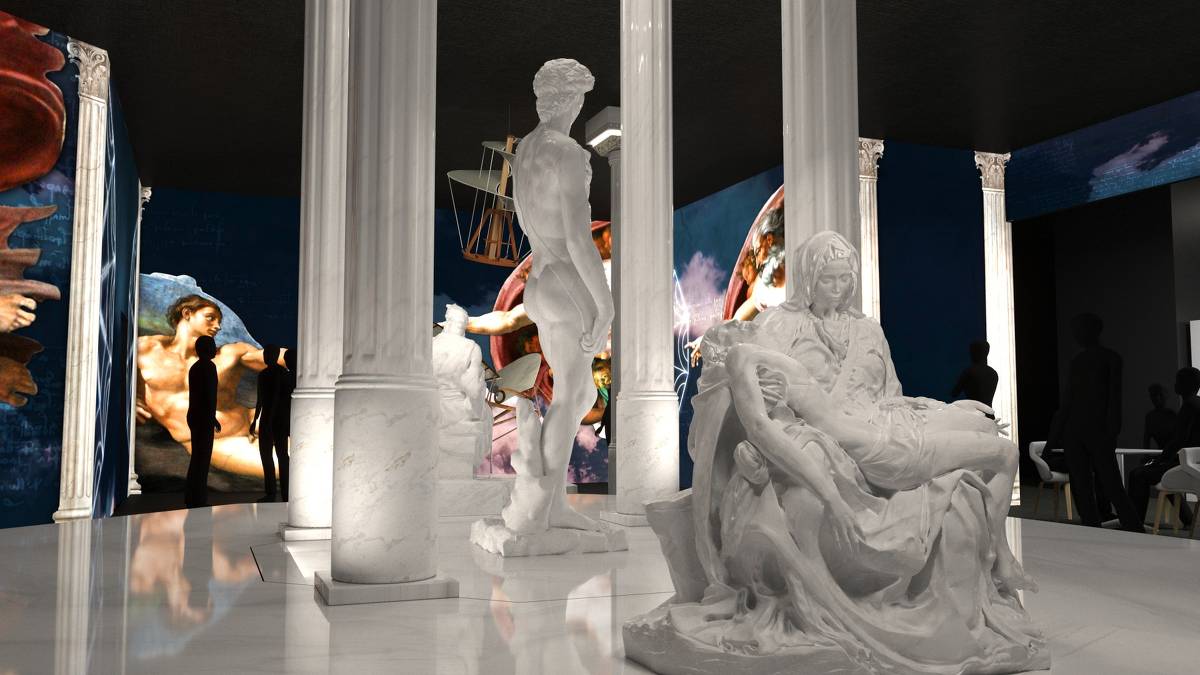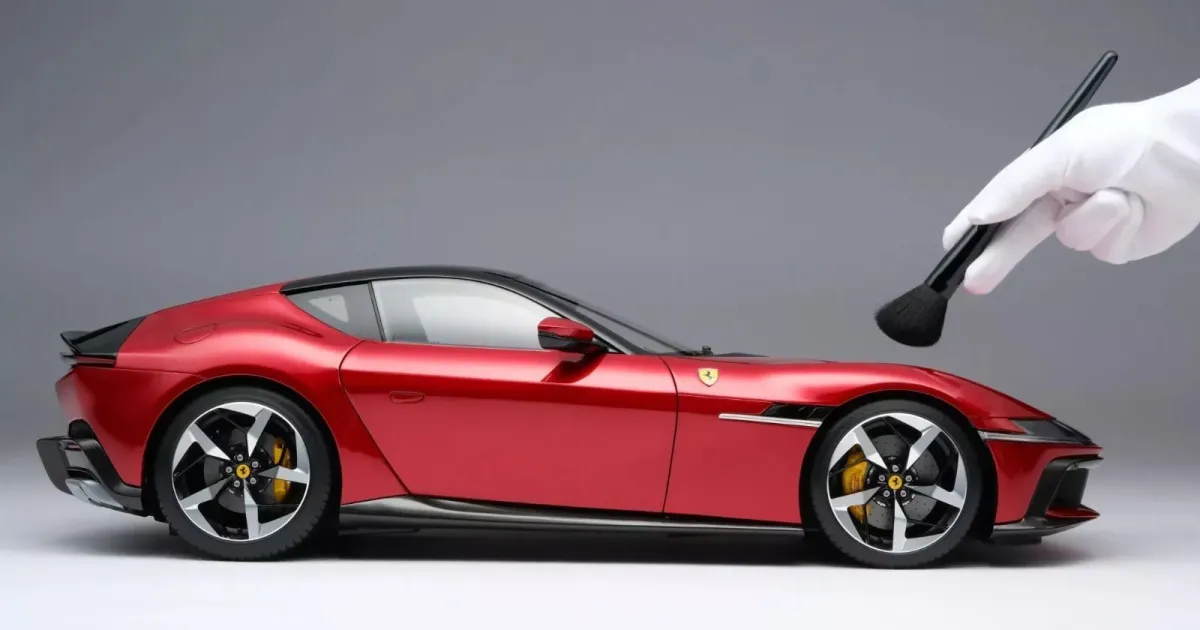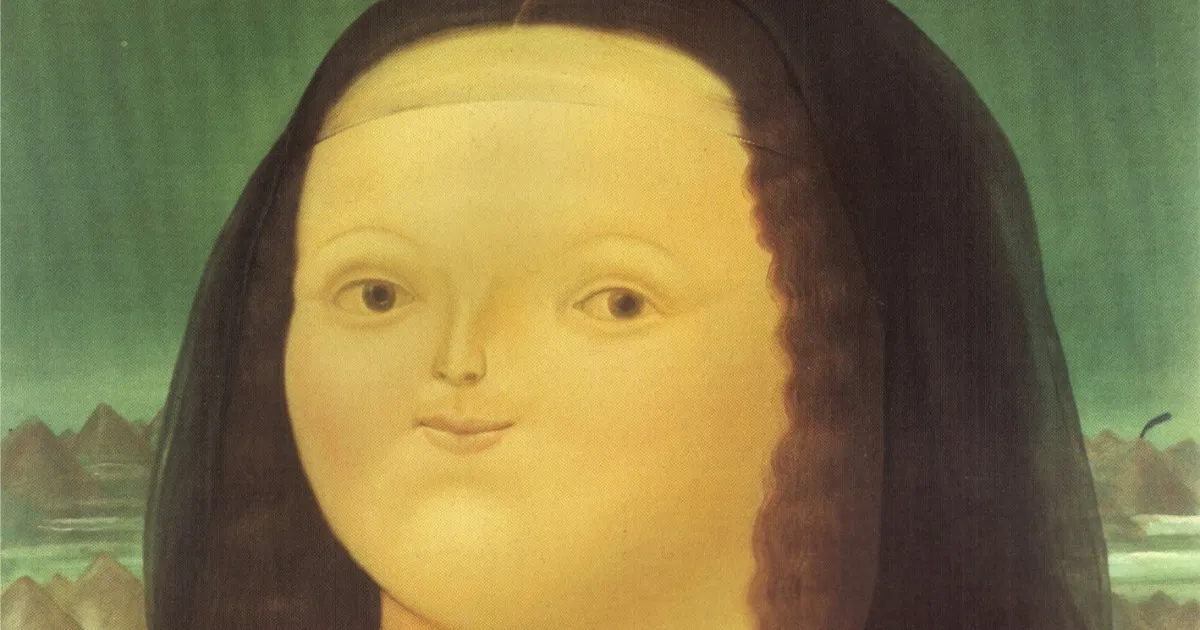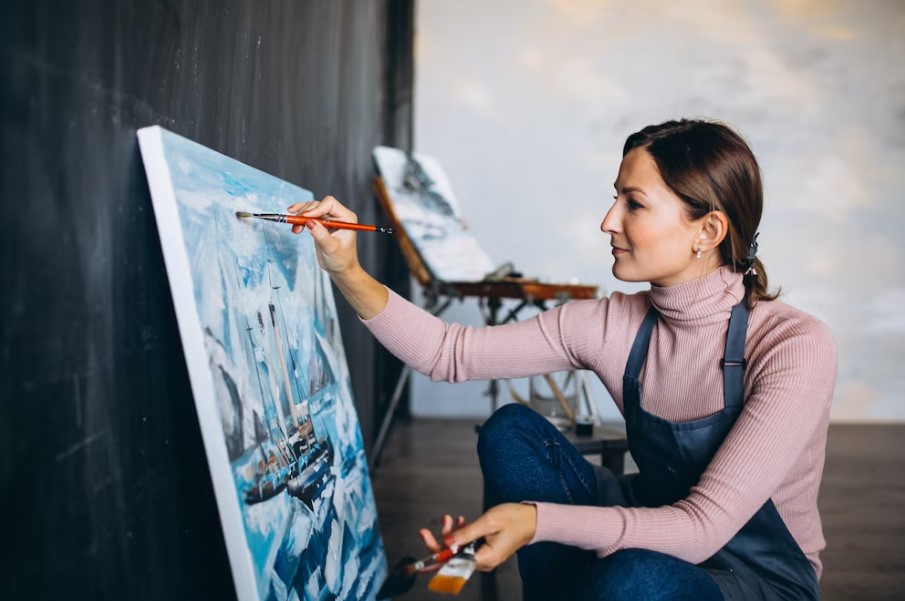The evolution of brushwork has shaped artistic expression for millennia, transforming simple strokes into powerful visual languages that communicate emotion, movement, and meaning across cultures and eras.
🎨 The Dawn of Experimental Brushwork in Ancient Civilizations
Long before the Renaissance masters refined their techniques, ancient civilizations were already experimenting with brushwork methods that would influence artistic practices for thousands of years. In ancient China, calligraphy and painting merged into a single artistic discipline where the quality of each brushstroke carried profound philosophical significance. Artists developed specialized brushes from animal hair, creating tools that responded to the slightest pressure variations.
The concept of “bone method” in Chinese painting emphasized the structural strength of individual strokes, treating each line as both a visual element and a carrier of energy or “qi.” This approach transformed brushwork from mere representation into an expressive medium that revealed the artist’s inner state and mastery.
Egyptian muralists developed their own innovative techniques, using reed brushes and natural pigments to create the iconic flat, stylized figures that adorned tomb walls. Their methodical approach to brushwork established conventions that remained consistent for over three thousand years, demonstrating how experimental techniques could evolve into enduring traditions.
Medieval Illuminations and the Birth of Precision Brushwork
The medieval period witnessed an extraordinary refinement of brushwork techniques through manuscript illumination. Monks and scribes working in scriptoria across Europe developed incredibly fine brush control to create intricate decorative letters, borders, and miniature illustrations that remain breathtaking in their detail.
These artists experimented with brush sizes ranging from standard painting implements to single-hair brushes for the most delicate work. The development of tempera painting during this period required specific brushwork approaches, as the fast-drying medium demanded confident, deliberate strokes without the possibility of easy correction.
The Book of Kells and similar illuminated manuscripts showcase experimental techniques including stippling, fine hatching, and layered transparent washes that created luminous effects. These medieval innovations laid groundwork for techniques that would resurface in various forms throughout art history.
The Islamic Contribution to Brushwork Innovation
Islamic artists, working within religious constraints against figural representation, channeled their creative energy into calligraphy and geometric patterns. This limitation paradoxically expanded the vocabulary of brushwork, as artists developed extraordinary control to execute flowing Arabic script and intricate arabesque designs.
The development of different calligraphic styles required specialized brushes and unique handling techniques. The Naskh, Thuluth, and Diwani scripts each demanded different rhythms, pressures, and movement patterns from the artist’s hand, making calligraphy a highly experimental and personal art form.
Renaissance Revolution: When Brushwork Became Invisible
The Renaissance marked a dramatic shift in brushwork philosophy. While earlier periods celebrated visible strokes as marks of the artist’s presence, Renaissance masters like Leonardo da Vinci pioneered sfumato—a technique that rendered brushwork nearly invisible through subtle gradations and blending.
This didn’t mean brushwork became less experimental; rather, experimentation focused on concealment and refinement. Artists developed new brush types, experimented with bristle stiffness, and perfected techniques for seamless blending. The goal was to create paintings that appeared to have no visible means of construction, presenting illusions so convincing they seemed to transcend their material nature.
However, other Renaissance artists took different approaches. Titian’s late works demonstrated increasingly loose, expressive brushwork that sometimes applied paint with fingers as much as brushes. This duality—between invisible refinement and visible expression—would continue to influence artistic debate for centuries.
Technical Innovations in Brush Construction
The Renaissance period saw significant advances in brush-making technology. Italian and Flemish artisans developed brushes with specific shapes for different purposes: rounds for detail work, flats for broader areas, and fans for blending. These specialized tools enabled new techniques and expanded the range of possible effects.
The introduction of oil painting as a dominant medium also required brushwork adaptations. Oil’s slow drying time allowed for prolonged manipulation, enabling techniques like wet-on-wet blending, glazing, and impasto that were impossible with tempera.
⚡ Baroque Drama: The Theatrical Brushstroke
Baroque artists embraced visible, dynamic brushwork as a means of creating dramatic tension and emotional intensity. Caravaggio’s bold, directional strokes enhanced the theatrical lighting effects that became his signature, while Rubens developed a loose, fluid technique that conveyed energy and movement.
The Baroque period elevated brushwork from a means to an end into an expressive element in its own right. Viewers weren’t meant to overlook the artist’s hand but to experience the vitality and immediacy of the painting process itself.
Rembrandt’s experimental approach exemplified Baroque innovation. His late self-portraits demonstrate extraordinary economy of means, with thick impasto passages juxtaposed against thin glazes. He reportedly used palette knives, brush handles, and even his fingers to manipulate paint, creating textures that added physical dimension to psychological depth.
Eastern Influence: Japonisme and Expressive Simplicity
The opening of Japan to Western trade in the mid-19th century introduced European artists to brushwork philosophies that challenged academic conventions. Japanese woodblock prints and paintings demonstrated how maximum expressiveness could be achieved through minimal means.
The concept of “living movement” in Japanese brushwork emphasized spontaneity and the capture of essential character through economical strokes. A single brushmark might simultaneously define form, suggest texture, and convey energy—a multiplicity of function that fascinated Western artists seeking alternatives to academic realism.
Artists like Van Gogh, Monet, and Whistler absorbed these influences, experimenting with flatter compositions, simplified forms, and more visible, directional brushwork. Van Gogh’s swirling, rhythmic strokes owe as much to Japanese calligraphic traditions as to Western impasto techniques.
The Ukiyo-e Approach to Line and Form
Japanese ukiyo-e prints demonstrated how confident, continuous lines could define complex forms with remarkable efficiency. Although these were woodblock prints rather than paintings, they reflected brushwork principles from Japanese painting traditions where a single stroke was ideally executed in one breath, without hesitation or correction.
This philosophy of decisive, unrepeatable marks influenced Western artists to work more spontaneously and to value the authenticity of the first stroke over labored refinement.
🌊 Impressionism: Capturing Light Through Broken Color
Impressionist painters revolutionized brushwork by fragmenting it into individual strokes of pure color placed side by side rather than blended. This technique, informed by contemporary color theory and the desire to capture transient light effects, transformed brushwork into a visible mosaic of marks.
Monet’s water lily paintings demonstrate how repeated similar brushstrokes could create shimmering, atmospheric effects that dissolved solid forms into pure sensation. Each stroke remained distinct yet contributed to an overall impression when viewed from appropriate distance.
Renoir, Pissarro, and Sisley each developed personal variations of broken-color techniques. Their experimental approaches challenged the academic notion that skillful painting required invisible brushwork, instead celebrating the material reality of paint as colored substance applied in discrete marks.
Post-Impressionism: Brushwork as Structural Element
Post-Impressionist artists took the visibility of brushwork even further, using directional strokes as compositional and structural elements. Cézanne’s constructive brushstrokes followed the forms they depicted, creating passages where parallel marks built up volumes and defined spatial relationships.
Van Gogh transformed brushwork into a vehicle for emotional intensity, with turbulent strokes conveying psychological states as much as visual information. His thick, sculptural application of paint created surfaces that engaged viewers tactilely as well as optically.
Seurat’s pointillist technique represented another experimental extreme, reducing brushwork to countless tiny dots of pure color. This systematic approach turned painting into an almost scientific process while creating luminous effects impossible with traditional methods.
🖌️ Modern Experiments: Breaking All the Rules
The 20th century witnessed an explosion of experimental brushwork techniques as artists questioned every inherited convention. Fauvists like Matisse used bold, flat strokes of arbitrary color. Expressionists employed violent, agitated brushwork to externalize inner turmoil. Cubists fragmented forms with angular, geometric marks.
Abstract Expressionism elevated the brushstroke to primary subject matter. Jackson Pollock eliminated brushes entirely, dripping and pouring paint in rhythmic gestures. Franz Kline’s massive black strokes on white canvas referenced calligraphy while achieving pure abstraction. Willem de Kooning’s frenzied, multi-directional marks created spatial ambiguity and visceral energy.
These experiments liberated brushwork from representation, proving that marks themselves could carry meaning, emotion, and aesthetic power without depicting anything recognizable. The process of applying paint became as significant as the finished result.
Action Painting and Gestural Abstraction
Action painters emphasized the physical act of painting as a performance that left traces of the artist’s bodily movements. Brushwork became choreography, with each stroke recording a gesture in time. This approach connected to both Eastern calligraphic traditions and Western expressionist impulses.
The scale of Abstract Expressionist works often required artists to develop new application methods. Large brushes, mops, and even brooms replaced traditional tools. This shift in scale and technique represented one of the most radical experimental moments in brushwork history.
Contemporary Brushwork: Digital and Traditional Convergence
Contemporary artists work in an environment where traditional and digital brushwork coexist and inform each other. Digital painting applications simulate traditional brush behaviors while offering possibilities impossible with physical media—infinite undos, non-destructive editing, and brushes that respond to tilt, pressure, and rotation with unprecedented precision.
Paradoxically, the digital age has also renewed interest in traditional brushwork techniques. Artists value the irreversible physicality and unique textures of actual paint on canvas as counterpoints to digital perfection. Many contemporary painters deliberately emphasize visible brushwork as an assertion of handmade authenticity.
Artists like Gerhard Richter use squeegees and custom tools to create brushwork effects at architectural scale. Cecily Brown combines Old Master techniques with Abstract Expressionist energy. Jenny Saville employs aggressive, sculptural brushwork that references both Francis Bacon and traditional figure painting.
📱 Learning and Practicing Brushwork Techniques Today
Modern students of brushwork have unprecedented access to historical techniques through museum collections, high-resolution reproductions, and educational resources. Video documentation allows frame-by-frame analysis of master brushwork that previous generations could only imagine.
Digital tools also enable experimentation without material costs. Artists can explore countless approaches, testing color combinations and mark-making strategies before committing to canvas. Apps simulate various brush types, from Chinese calligraphy brushes to oil painting implements, making diverse techniques accessible to anyone with a tablet.
For those interested in exploring digital brushwork techniques with professional-grade tools, Infinite Painter offers an extensive collection of realistic brush simulations alongside innovative digital-native options, bridging traditional and contemporary approaches to mark-making.
Cross-Cultural Brushwork Studies
Contemporary artists increasingly study brushwork traditions from multiple cultures, combining techniques that were historically separate. A painter might use Chinese brush-handling methods with Western oil paint, or apply Japanese sumi-e principles to abstract composition. This cross-pollination continues the experimental tradition while creating new hybrid approaches.
✨ The Continuing Evolution of Experimental Brushwork
The history of brushwork demonstrates that technical innovation never occurs in isolation from cultural, philosophical, and material contexts. Each experimental approach reflected the values, technologies, and questions of its time while building upon preceding traditions.
What remains constant is the intimate relationship between artist, tool, and surface—the direct physical connection that makes each brushstroke unique. Even as technologies evolve and artistic philosophies shift, the fundamental act of making marks remains central to human visual expression.
Contemporary artists continue exploring brushwork possibilities, developing personal techniques that respond to current concerns while drawing from centuries of experimentation. Some pursue photorealistic refinement, others expressive abstraction, and many work in the productive spaces between these poles.
Understanding historical brushwork techniques enriches contemporary practice, providing a vocabulary of possibilities and a context for innovation. Every experimental approach available to artists today exists within a continuum of mark-making that stretches back to the first humans who pressed pigment-laden fingers against cave walls.
The future of brushwork will undoubtedly bring new tools, materials, and conceptual frameworks. Yet the essential act—the translation of internal vision into external marks—will continue connecting artists across time, technique, and tradition. This endless capacity for reinvention ensures that brushwork remains a vital, evolving language capable of expressing the full range of human experience.
Toni Santos is a visual chronicler and historical researcher who explores the lost language of healing through forgotten instruments and ancient medical design. With a delicate blend of curiosity and reverence, Toni uncovers the mysterious tools once used in temples, apothecaries, and folk practices—objects that echo a time when healing was both art and ritual.
Rooted in a fascination with the intersection of medicine, myth, and craftsmanship, his work traces how past civilizations understood the body, spirit, and cosmos through tools now obscured by time. From vibrational tuning forks and herbal infusion vessels to symbolic scalpels carved with protective motifs, Toni’s visual storytelling gives new life to the technologies that once held deep cultural and curative power.
With a background in historical illustration and material culture, Toni reconstructs these instruments with artistic precision—offering not just images, but narratives that reveal the beliefs, fears, and hopes embedded in the tools of care.
As the visionary behind Vizovex, Toni shares curated archives, interpretive essays, and artifact-inspired artworks that help audiences reconnect with the ancestral roots of healing and the poetic devices once used to restore balance.
His work is a tribute to:
The craftsmanship of early healing technologies
The spiritual symbolism behind medical instruments
The intimate connection between body, tool, and ritual
Whether you’re an enthusiast of forgotten sciences, a student of holistic traditions, or a seeker of the obscure, Toni welcomes you into a world where healing was sacred, and every tool told a story—one wound, one charm, one cure at a time.





